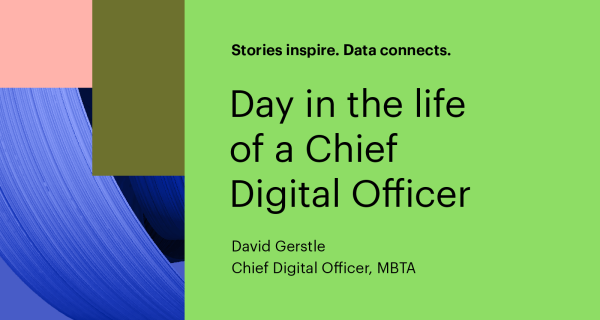At the leading ‘edge’ of a hot new industry category
“The edge is where we work, where we live, and where we play,” IDC analyst Rick Villars said at the recent IDC Directions conference in Boston. IDC predicts that more than 31 billion connected end points will exist by 2021, driving the deployment of 7 million “service-delivery edges” featuring location-specific IT infrastructure to reduce latency and improve the user experience.
The edge explosion comes at an opportune time for Akamai, whose content delivery network (CDN) helped pave the way for fast, secure web applications and streaming media services. Akamai’s CDN roots, combined with a growing security business, positioned it well for a shift to edge computing and the critical role that networks play in helping organizations deliver fast, secure applications and services.
Monique Bonner, Akamai SVP and Chief Marketing Officer, has helped steer Akamai through a repositioning as the “intelligent edge platform.”
“It seemed like a very obvious evolution,” Bonner said in a recent interview for IDG’s CMO Perspectives series. “We’re right in the middle of the conversation [because] we can naturally speak to user experience at the edge.” Conversations with analysts and customers confirmed that Akamai was already considered a key player in the edge space. Further validation: The company’s 10-year-old customer event was already called “Akamai Edge.”
The new “Experience the Edge” brand positioning, Bonner says, “is very true to our heritage – it feels right both internally and externally.” With the new branding established, Bonner’s team is now tasked with growing awareness of Akamai as a player in the edge security space. There’s certainly a story to tell there: Bonner says Akamai’s security services are now a $600 million business, with revenues growing close to 40% year over year.
The Marketing Stack Evolves
As Akamai’s brand message evolves, so does its marketing stack. A big emphasis over the past year has been on leveraging data to better understand customer and prospect behavior across Akamai and 3rd party touch points. The goal was to build baseline reporting capabilities around how customers and prospects are interacting through various channels, including email and the Akamai website.
Tracking user behavior across multiple touch points “has been eye-opening,” Bonner says. “When a visitor engages with our content 30 or 40 times before converting, we can now start to see how important those interactions throughout the journey really are.”
For the year ahead, the focus is on operationalizing the strategy and creating a data ecosystem that can react in real time while helping marketing and sales teams to personalize the customer experience.
The emphasis on data is also having an impact on the marketing team’s make-up, with a team of data scientists joining the marketing function over the past year. “They’re helping us drive incredible breakthroughs on the analytics front and will be key to the function going forward,” Bonner says. “Those are roles that didn’t exist here three years ago.”
Getting the Most Out of Content
Bonner’s team has embraced a best practice around maximizing content: Taking a core piece of long-form content and breaking it into multiple derivative assets. “We can make 20 pieces out of one ‘lighthouse’ piece of content, for social, or sales, or the website, or presentations, and then syndicate that across multiple channels,” Bonner explains.
The marketing team is leveraging that concept further into video assets. “We really want to scale the approach of creating a core piece of video content and then cutting it up into 5- or 10-second versions, or pre-roll, to get a system going where video becomes part of our core.”
Building off its data ecosystem, Bonner foresees creating an engine that will automatically serve the next best piece of content based on a set of rules. “That,” Bonner says, “is nirvana.”





